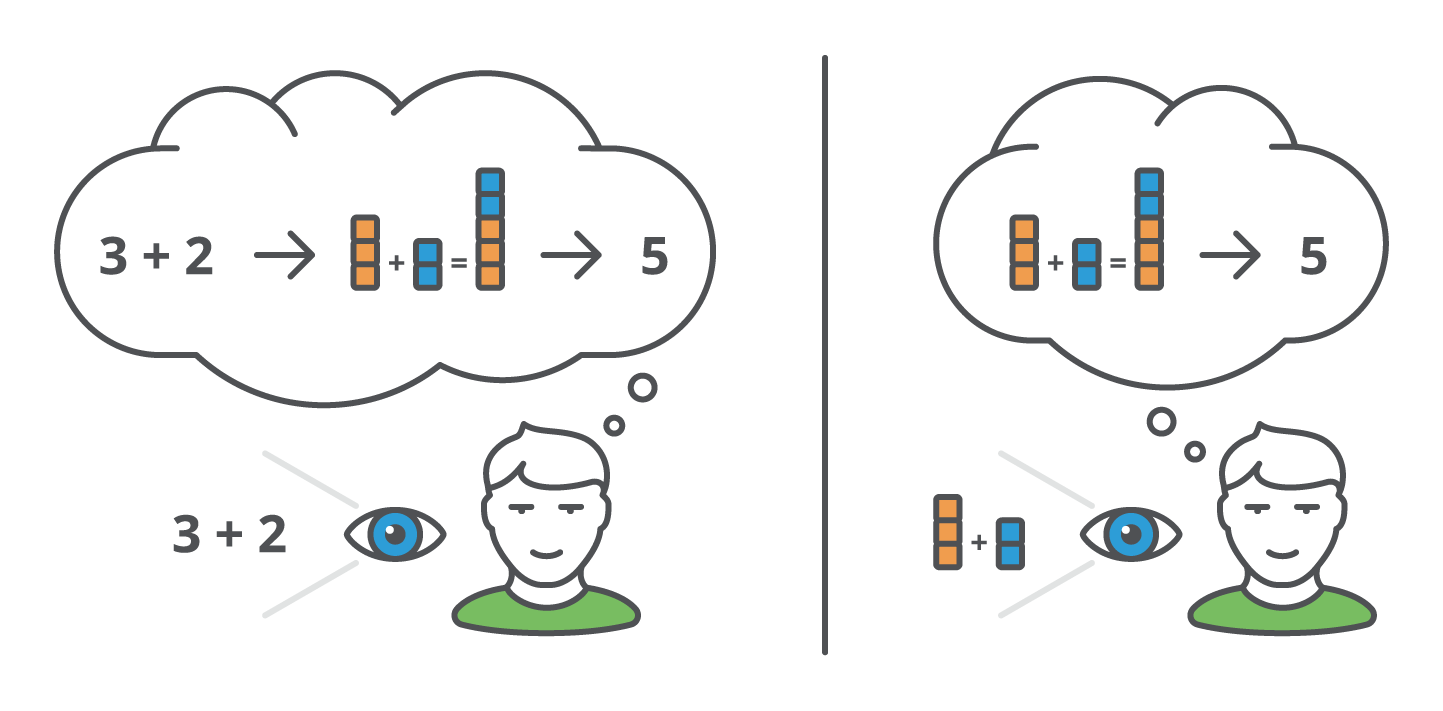What is spatial-temporal reasoning?
Spatial–temporal reasoning is an area of artificial intelligence that draws from the fields of computer science, cognitive science, and cognitive psychology. The theoretic goal—on the cognitive side—involves representing and reasoning spatial-temporal knowledge in the mind. The applied goal—on the computing science side—involves developing high-level control systems of automata for navigating and understanding time and space.
It is also what a person or a robot with artificial intelligence uses to understand how items fit together in a space. It is accomplished by picturing a spatial pattern. This includes visualizing a step-by-step process and how objects can be manipulated into different patterns.
Spatiotemporal reasoning is key for problem-solving and organizational skills. It is used in computer science to help robots understand and navigate time and space. Spatial temporal reasoning is also used in cognitive psychology to explore how a mind processes its knowledge of time and space.
In psychology, spatial temporal reasoning refers to the ability of a person to conceptualize the three-dimensional relationships of objects in space and to mentally manipulate them as a series of transformations over a period of time. It is a cognitive ability that has a vital role in areas like architecture, engineering, mathematics, etc., and in simple tasks like moving the body through space.

What is the meaning of spatial reasoning?
Spatial reasoning is the ability to conceptualize the three-dimensional relationships of objects in space and to mentally manipulate them as a succession of transformations over a period of time. Spatial-temporal reasoning is a cognitive ability that plays an important role in fields such as architecture, engineering, and mathematics, among others, and in basic tasks such as everyday movement of the body through space.
What is spatio-temporal data analysis?
Spatio-temporal data analysis is a growing area of research with the development of powerful computing processors like graphic processing units (GPUs) used for big data analysis. Spatio-temporal databases host data collected across both space and time that describe a phenomenon in a particular location and period of time.
Applications for spatio-temporal data analysis include the study of biology, ecology, meteorology, medicine, transportation and forestry.
Spatio-temporal data visualization and analysis can be challenging because space has unlimited directions — up, down, sideways, North, South, East, West — while time can only go forward. Combining and assessing the two factors of space and time can be complex.
The data can produce different results depending on how space is defined — a zip code, a census tract or a state. Time can also provide conflicting answers depending on whether it is measured in seconds, minutes, hours, days or years.
The primary goals of spatio-temporal analysis are prediction and description.
What are some examples of spatio-temporal reasoning?
Some examples of spatial-temporal reasoning include job application aptitude tests. Spatial reasoning tests assess a candidate’s ability to manipulate, arrange and rotate objects in their mind’s eye without touching physical objects. The tests are often used for technical engineering and military recruits.
In everyday life, spatial-temporal reasoning examples include using a map or compass, merging in traffic while driving and determining how many objects can fit in a box.
Spatial-temporal reasoning applies to the healthcare industry by determining the best distribution and performance of medical care. Spatio temporal analyses can examine patterns of illness over time and show anything unusual.
Spatial-temporal reasoning is also important in the development of artificial intelligence. It has many applications in natural language processing, geographic information systems, computational biology and document interpretation.
What is spatial and temporal resolution?
The spatial resolution is the amount of spatial detail in an observation, and the temporal resolution is the amount of temporal detail in an observation. Previous work has proposed to model the spatial and temporal resolution of an observation using one of two approaches: a stimulus-centric approach and a property-centric approach.
A stimulus-centric approach constrains spatial/temporal resolution using the spatial/temporal extent of the stimulus participating in the observation process. It suffers from vagueness issues regarding the determination of the spatial extent of the stimulus, and strongly depends on one’s adopted view (i.e., stimulus as process or an event) for the determination of the temporal extent of the stimulus.
A property-centric approach specifies resolution based on the spatial/temporal region over which the property of interest is considered homogeneous. It avoids vagueness issues, but needs to accommodate arbitrariness since there might be various reasons for which a data provider considers the property of interest homogeneous for his/her data collection purposes.
What is spatial temporal modeling?
Spatial-temporal modelling relates to problems where we want to analyse and predict how something varies over space and/or time. Such problems can exist at widely different spatial and temporal scales, ranging from detailed medical imaging data to Geographic Information System (GIS) data, and from ‘real-time’ medical and operational time frames to decades long ecosystem monitoring time frames.
What’s the difference between temporal and spatial databases?
A spatial database stores and allows queries of data defined by geometric space. Many spatial databases can represent simple coordinates, points, lines and polygons. Some can handle more complex data like 3D objects, topological coverage and linear networks.
A temporal database stores data relating to time whether past, present or future. It can establish at what times certain entries are accurate. The data is divided into three types:
- Valid time — the time period when a fact is true in the real world.
- Transaction time — the time period when a fact stored in the database was known.
- Bitemporal data — combines both valid and transaction time.
The storage and access of spatial and temporal data is required in areas like geographical information systems, environmental information systems and neuroinformatics. A spatio-temporal database focuses on data related to moving objects.
























